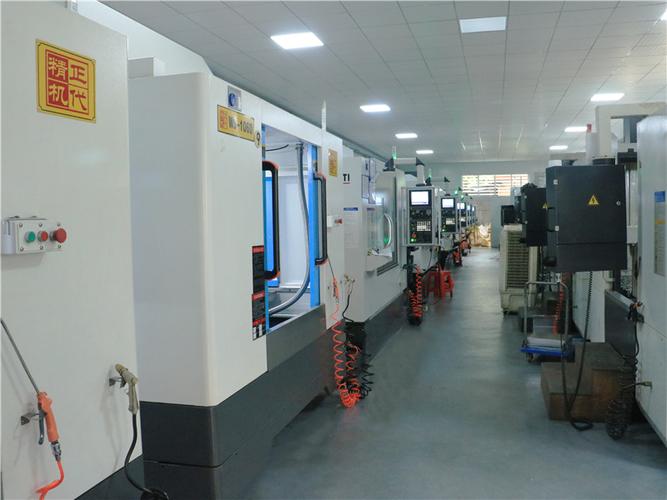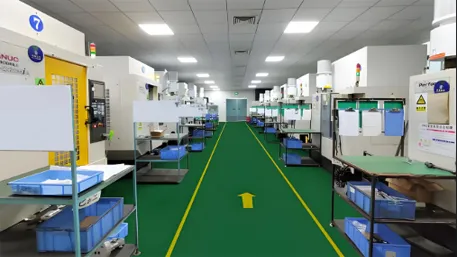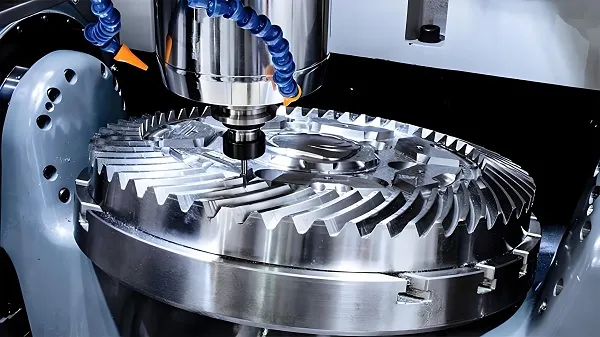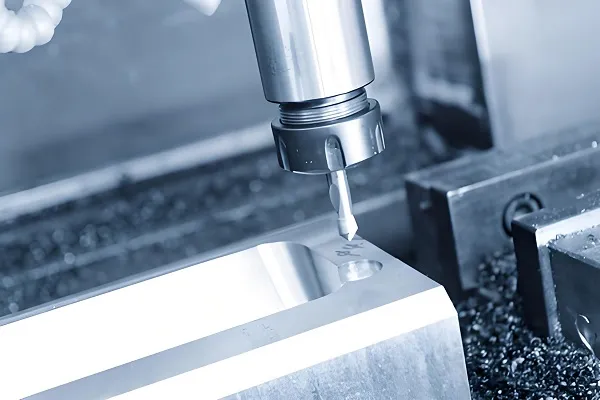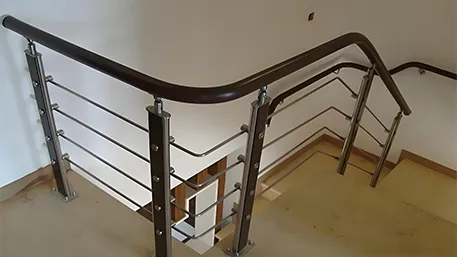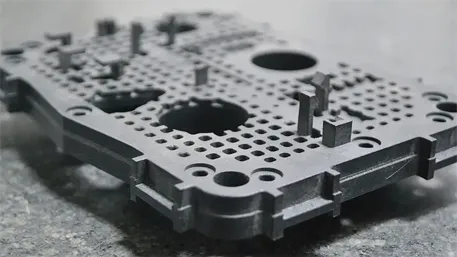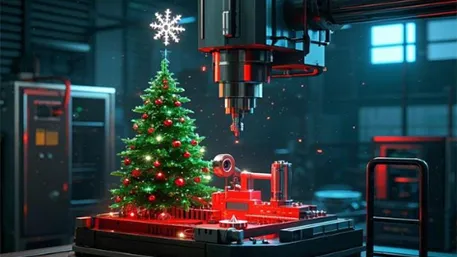CNC machining standards are a set of guidelines, specifications, and requirements that ensure consistency, quality, safety, and interoperability in the production of machined parts. These standards are defined by international organizations, industry bodies, and regulatory agencies, covering everything from dimensional accuracy to safety protocols.
What are the key international standards for CNC machining?
International standards ensure uniformity across global manufacturing. The most critical ones include:
- ISO 2768: Specifies general tolerances for linear and angular dimensions, as well as geometric tolerances (e.g., flatness, perpendicularity). It classifies tolerances into four grades (f = fine, m = medium, c = coarse, v = very coarse) to simplify design and production—e.g., a part with “ISO 2768-m” requires moderate precision, avoiding over-engineering.
- ISO 9001: A quality management standard that applies to CNC machining facilities. It mandates processes for document control, supplier verification, and continuous improvement to ensure consistent part quality. Manufacturers with ISO 9001 certification demonstrate a commitment to meeting customer and regulatory requirements.
- ISO 13485: Specifically for medical device machining, this standard outlines strict quality management systems, including traceability of materials and processes. It ensures CNC-machined parts (e.g., surgical instruments, implants) meet safety and performance criteria for patient use.
- ASME Y14.5: Developed by the American Society of Mechanical Engineers, this standard defines geometric dimensioning and tolerancing (GD&T) rules. It provides a common language for specifying part features (e.g., datums, position tolerances) to avoid ambiguity between designers and CNC operators.
What industry-specific standards apply?
Certain sectors have specialized standards tailored to their unique needs:
-
- AS9100: Builds on ISO 9001 with additional requirements for aerospace parts, including traceability of raw materials (e.g., certifying aluminum alloys meet aerospace-grade specs) and process validation for critical components like turbine blades.
-
- SAE International standards: Cover material properties (e.g., SAE J404 for carbon steel) and machining processes for automotive and aerospace applications.
-
- IATF 16949: Focuses on quality management for automotive parts, requiring CNC shops to implement error-proofing (e.g., in-process inspections) and continuous improvement to reduce defects in high-volume production.
-
- MIL-STD standards: U.S. military standards (e.g., MIL-STD-883) dictate strict tolerances and testing for CNC-machined components used in weapons systems or military vehicles, ensuring reliability in harsh environments.
What safety standards govern CNC machining?
Safety standards protect operators and equipment, with key examples including:
- OSHA 1910.212 (U.S.): Requires machine guards (e.g., spindle covers, interlocked doors) to prevent contact with moving parts. It also mandates training for operators on hazard recognition and emergency stops.
- ISO 12100: An international standard for machinery safety, focusing on risk assessment. It requires CNC shops to identify hazards (e.g., flying chips, electrical risks) and implement safeguards like coolant systems or emergency stop buttons.
- EU Machinery Directive 2006/42/EC: Applies to CNC machines sold in the EU, ensuring they meet safety requirements (e.g., noise limits below 85 dB) and carry a CE mark for compliance.
What material and tooling standards are important?
- Material standards: Define the properties of raw materials used in CNC machining. For example:
-
- ASTM International standards: Specify chemical composition and mechanical properties (e.g., ASTM A36 for structural steel, ASTM F136 for titanium alloys used in medical implants).
-
- ISO 683: Covers heat-treated steels, ensuring consistent hardness and machinability.
- Tooling standards: Ensure compatibility and performance of cutting tools:
-
- ISO 10889: Specifies dimensions and tolerances for end mills, ensuring they fit standard tool holders across different CNC machines.
-
- ANSI B94.11M: American standards for twist drills, defining shank diameters and flute designs for reliable drilling performance.
How do standards impact CNC machining?
- Quality assurance: Standards like ISO 2768 and ASME Y14.5 ensure parts meet design specifications, reducing rework and scrap.
- Interoperability: Tooling and material standards allow CNC shops to use equipment and supplies from different manufacturers without compatibility issues.
- Safety compliance: Adhering to OSHA and ISO 12100 minimizes workplace accidents, protecting operators and reducing liability.
- Market access: Certifications like ISO 9001 or AS9100 are often required to bid on contracts in aerospace, medical, or automotive industries.
Do manufacturers follow internal standards?
Yes, many CNC shops implement internal standards to complement external ones. These may include:
- Process checklists: Step-by-step guidelines for setting up CNC machines (e.g., tool length offsets, spindle speed calibrations) to ensure consistency across shifts.
- Inspection protocols: In-house procedures for verifying part dimensions (e.g., using CMMs for critical features) beyond what is required by international standards.
- Training programs: Ensuring operators are certified to run specific CNC machines or work with hazardous materials (e.g., titanium).
Conclusion
CNC machining standards—international, industry-specific, and internal—are the backbone of quality, safety, and reliability in manufacturing. They ensure parts meet design intent, protect workers, and enable global collaboration. Whether producing medical implants or aerospace components, adherence to these standards is critical for success in modern CNC machining.
